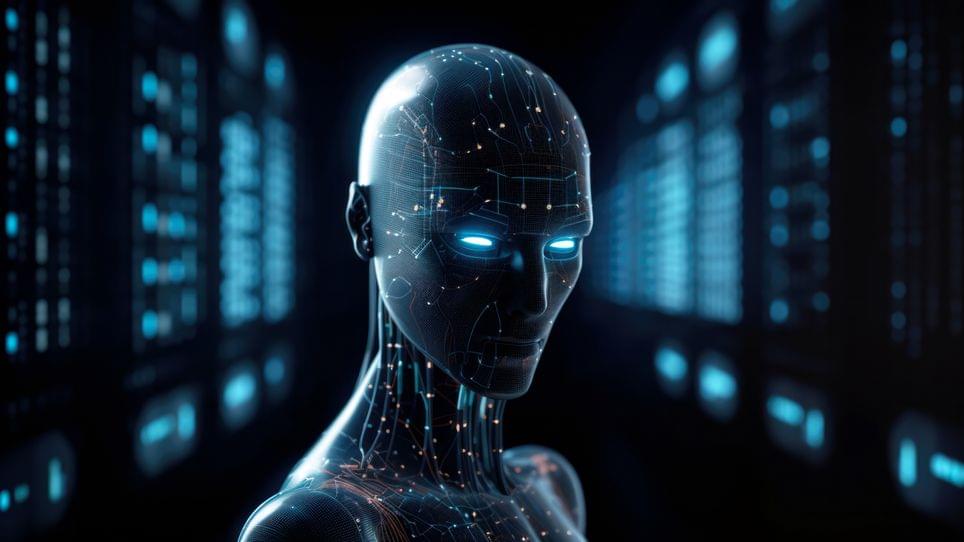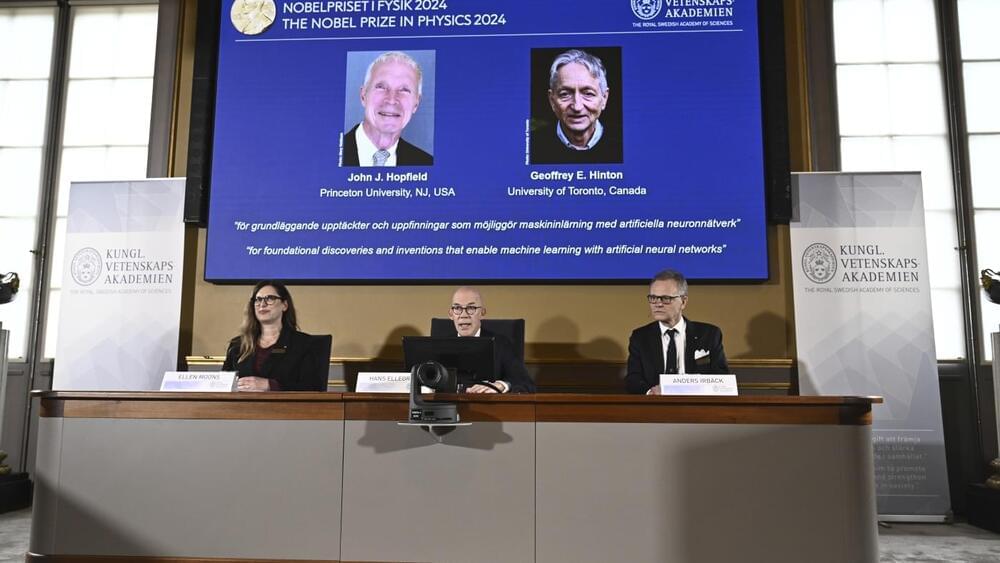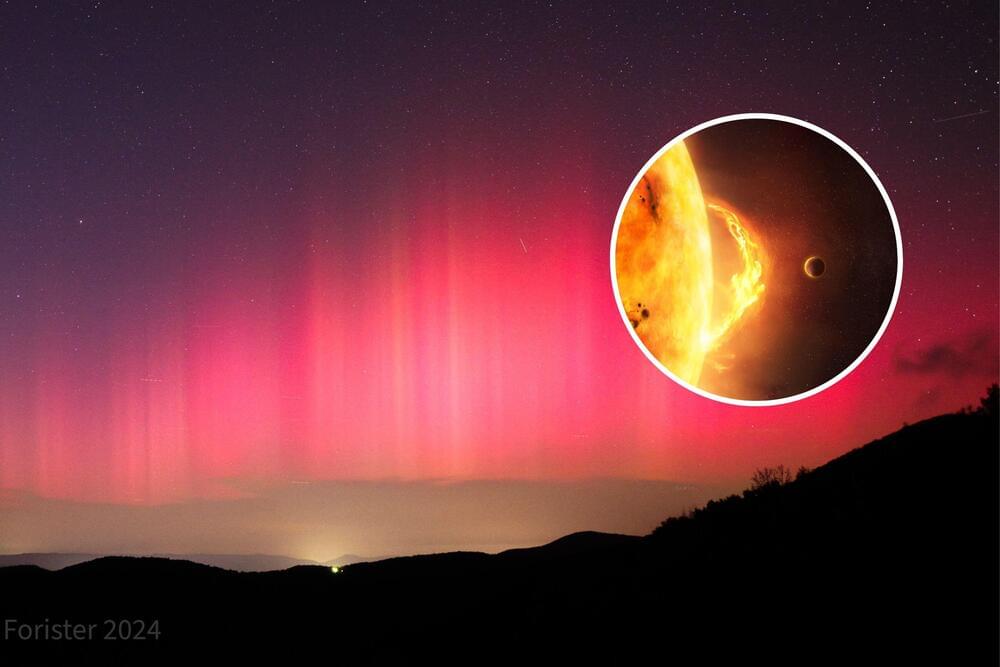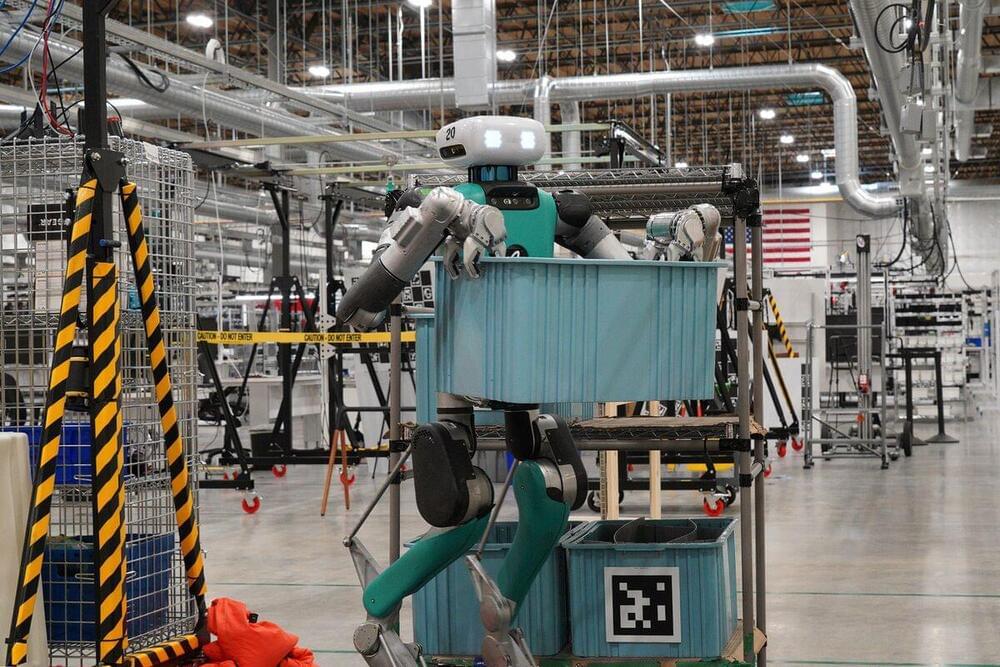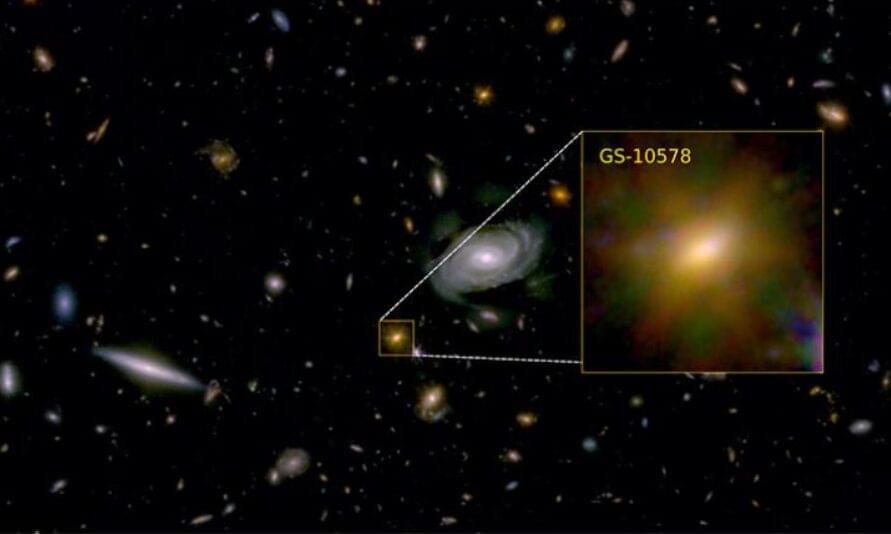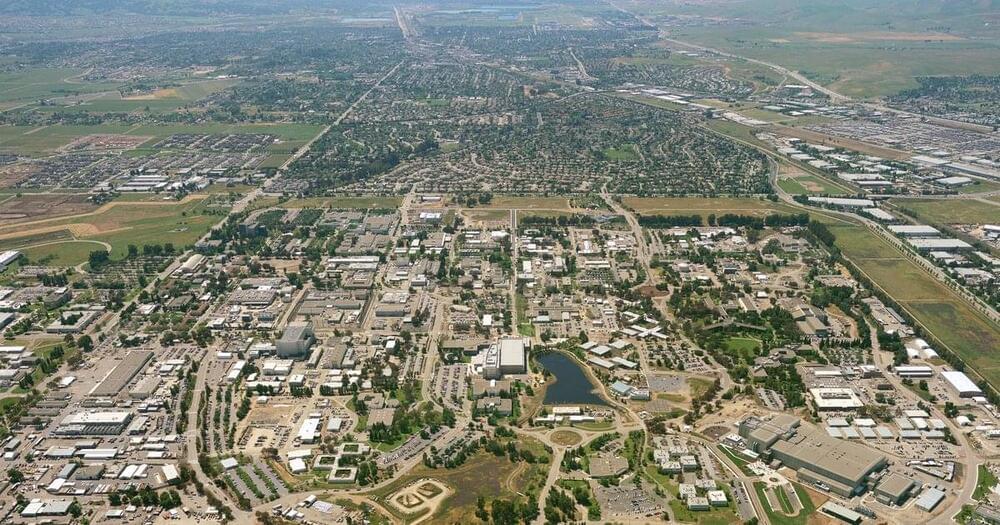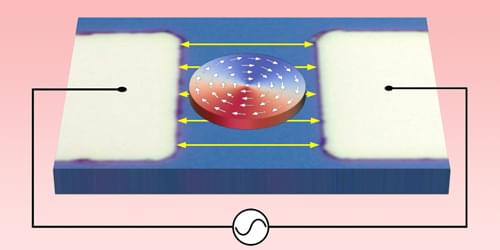Page 217
Oct 8, 2024
Tom Snyder: AI could be smarter than humans when it comes to health care
Posted by Rx Sobolewski in categories: health, robotics/AI
Information about Tom Snyder: AI could be smarter than humans when it comes to health care.
Oct 8, 2024
Scientists Are Closer Than Ever To Reverse Aging. How Does It Work? | Life Extended
Posted by Shailesh Prasad in categories: biotech/medical, business, finance, food, life extension
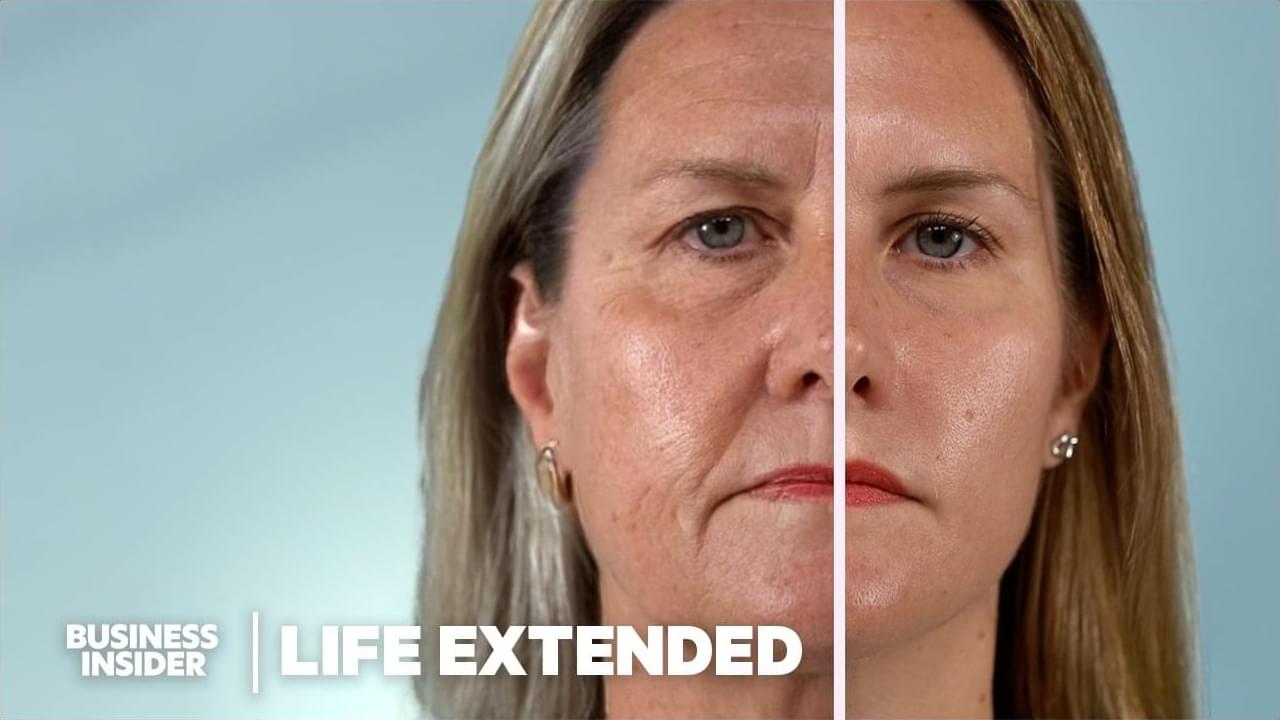
Billionaires are backing top scientists racing to develop tech that could reverse aging. Cellular reprogramming promises to rejuvenate the body… but how does it work, and is it safe?
00:00 – Introduction.
00:55 – The Role Of Stem Cells.
02:33 – What Is Aging?
03:24 – What Is Cellular Reprogramming?
03:56 – How The Yamanaka Factors Can Rejuvenate Cells.
05:35 – Why Scientists Want To Partially Reprogram Cells.
06:28 – How Humans Could Become More Resilient To Age-Related Diseases.
07:00 – How Johnny Huard Uses Cellular Reprogramming.
08:10 – How Cellular Reprogramming Could Shape The Future.
08:38 – Amazon’s Jeff Bezos Is Investing Billions With Altos Labs.
09:02 – How Harvard Professor David Sinclair Used Cellular Reprogramming on Mice.
10:07 – ChatGPT’s Sam Altman Launched Retro. Biosciences.
10:57 – The Risks of Cellular Reprogramming, Including Cancer.
12:56 – How the Tech World Is Investing In Biotech.
13:50 – Credits.
Oct 8, 2024
Nobel Prize in physics awarded to 2 scientists for discoveries in machine learning
Posted by Genevieve Klien in categories: physics, robotics/AI
STOCKHOLM — John Hopfield and Geoffrey Hinton were awarded the Nobel Prize in physics Tuesday for discoveries and inventions that formed the building blocks of machine learning.
“This year’s two Nobel Laureates in physics have used tools from physics to develop methods that are the foundation of today’s powerful machine learning,” the Nobel committee said in a press release.
Hopfield’s research is carried out at Princeton University and Hinton works at the University of Toronto.
Oct 8, 2024
California-based Google leases a 1.1M-square-foot building in North Texas
Posted by Genevieve Klien in category: computing

Gibbs said the two leases are among the top five largest new leases signed in Texas since the start of the year. The most recent in west Fort Worth is the third largest behind two others in Houston.
The Dallas-Fort Worth area is a hub for data centers, accounting for about one-tenth of the market, second to Northern Virginia. According to analysis from commercial real estate firm Avison Young, the DFW market ranks No. 4 behind northern Virginia, Atlanta and Phoenix, and vacancy sits at 1.4%.
Continue reading “California-based Google leases a 1.1M-square-foot building in North Texas” »
Oct 8, 2024
Earth in solar flare “crosshairs” after auroras lit up U.S. skies
Posted by Genevieve Klien in category: futurism
Our planet might be hit by another massive solar flare Monday, following multiple northern lights sightings across the U.S. on Sunday night.
There is a 30 percent chance of an X-class solar flare hitting us on October 7, and a 75 percent chance of an M-class flare being seen, due to the Earth being in the “crosshairs” of six volatile sunspots on the sun’s surface.
This comes as 14 U.S. states caught a glimpse of the northern lights on Sunday night, thanks to a G1 to G2-strength geomagnetic storm.
Oct 8, 2024
Agility Robotics, Maker of Humanoid Bots, Shows Off Its ‘RoboFab’
Posted by Genevieve Klien in category: robotics/AI
The Oregon company already has robots working in a Spanx warehouse and running trials at Amazon facilities.
Oct 8, 2024
Astronomers Detect Black Hole ‘Starving’ its Host Galaxy to Death
Posted by Natalie Chan in category: cosmology
Astronomers have used the NASA/ESA James Webb Space Telescope to confirm that supermassive black holes can starve their host galaxies of the fuel they need to form new stars. The results are reported in the journal Nature Astronomy.
The international team, co-led by the University of Cambridge, used Webb to observe a galaxy roughly the size of the Milky Way in the early universe, about two billion years after the Big Bang. Like most large galaxies, it has a supermassive black hole at its center. However, this galaxy is essentially ‘dead’: it has mostly stopped forming new stars.
“Based on earlier observations, we knew this galaxy was in a quenched state: it’s not forming many stars given its size, and we expect there is a link between the black hole and the end of star formation,” said co-lead author Dr. Francesco D’Eugenio from Cambridge’s Kavli Institute for Cosmology.
Oct 8, 2024
DoD launches new biological defense supercomputer at Lawrence Livermore Lab
Posted by Omuterema Akhahenda in categories: biological, government, security, supercomputing
The US government has launched a new supercomputer in Livermore, California.
The Department of Defense (DoD) and National Nuclear Security Administration (NNSA) this month inaugurated a new supercomputing system dedicated to biological defense at the Lawrence Livermore National Laboratory (LLNL).
Specs not shared, but same architecture as upcoming El Capitan system.
Continue reading “DoD launches new biological defense supercomputer at Lawrence Livermore Lab” »
Oct 8, 2024
Magnetic Gyrations Are Excited by Strain
Posted by Saúl Morales Rodriguéz in categories: computing, mapping, particle physics
Imposing time-dependent strain on a magnetic disk induces vortex dynamics and offers a path toward energy-efficient spintronic devices.
Nanoscopic magnetic vortices made from electron spins could be used in spintronic computers (see Research News: 3D Magnetism Maps Reveal Exotic Topologies). To this end, researchers need an energy-efficient way to excite these vortices into a so-called gyrotropic mode—an orbital motion of the vortex core around the central point. The direction of this orbital motion would determine which of two binary states the vortex represents. Vadym Iurchuk at the Helmholtz-Zentrum Dresden-Rossendorf, Germany, and his colleagues have now demonstrated such a method by imposing a time-varying strain on a magnetic material [1].
The excitation of gyration dynamics by an oscillating strain was suggested by a separate team in 2015 [2]. The idea involves depositing a magnetic film, in which magnetic vortices form spontaneously, on a piezoelectric substrate. Applying an alternating voltage to the substrate transfers a time-varying mechanical strain to the film, dynamically perturbing its magnetic texture. This perturbation displaces a vortex core from its equilibrium position, thereby exciting the gyrotropic mode.

